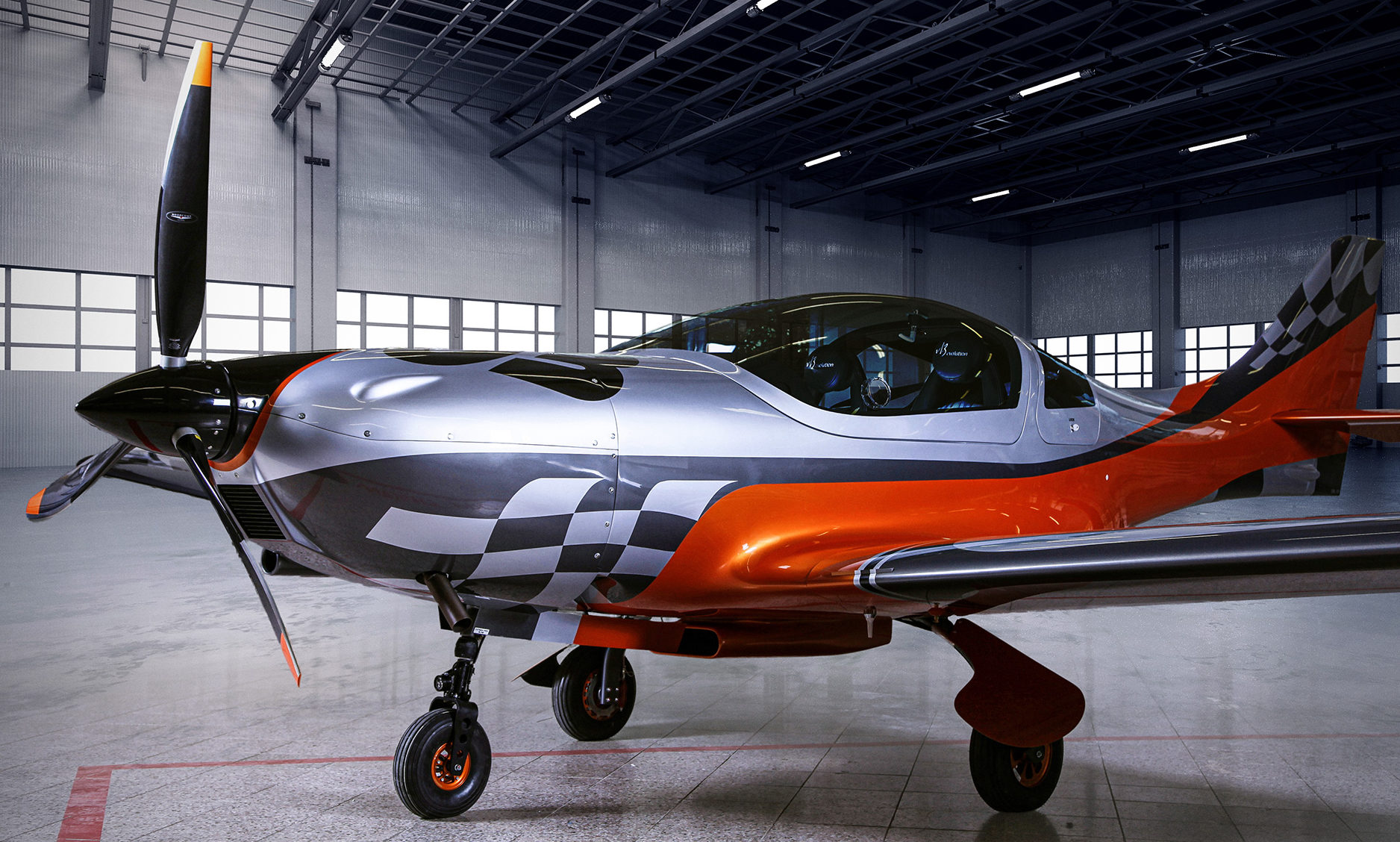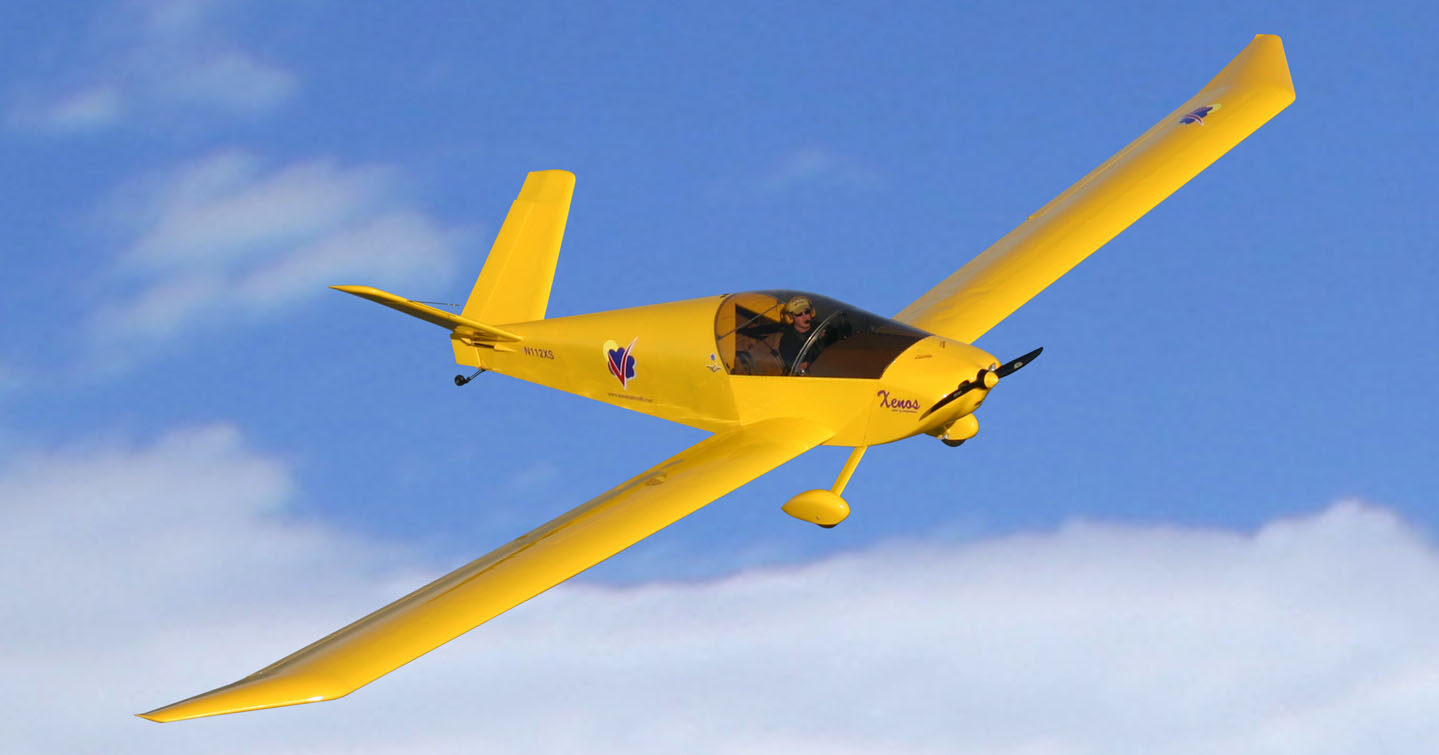Ultralight Aircraft Range - Imagine you are a pelican gliding along the shore and watching the waves crash against the shore. The sun is shining brightly, but the cool breeze keeps it from getting too hot. You soar above the earth without a care in the world.
That's the feeling you'll get in an airplane piloted by Skyrider Ultralights, the Ventura County Coast's only provider of ultralight recreational and educational flights. Established over 30 years ago, Skyrider Ultralights is located at the Camarillo Airport and offers tours throughout the coast of Camarillo and Ventura County. Get a glimpse of the action by watching the video below.
Ultralight Aircraft Range

The organization's president and CEO, Mike Chicco, explained that ultralight aircraft fly "low and slow" over land and sea so that "people can fully appreciate the coastal views of Camarillo and Ventura County."
Cgs Hawk Arrow Ii Light Sporrt Aircraft Two Seater Plane
"Usually you can't do that on a plane because you're too high up. But in an ultralight, you can see more because you're out, especially in the ocean, which people really love," Chicco said.
Ultralight aviation became popular in the 1970s and 1980s as a more affordable and exciting way for people to take to the skies. Maintained by the Ultralight Automobile Association of the United States, it has a variety of aircraft including single and double seaters, fixed wing aircraft, glider-type tricycles, gyroplanes and powered parachutes, gliders and paragliders.
Skyrider Ultralight's FAA-trained pilots primarily fly fixed-wing aircraft. Those interested in flying for fun or learning to pilot can book a lesson online at www.skyriderultralights.com or call (818) 419-7381. Check out their website for more onboard experience videos, cool brands and historic photos!
Our mission at Skyrider Ultralights is to promote, introduce, inform and educate the general public in our communities and across the country about ultralight and light sport aircraft. For those who want to fly, we are your aviation ambassadors. Fly with us!
Icon A5 Specs
We use cookies to ensure that we give you the best experience on our website. If you continue to use this website, we will assume that you are satisfied with it. OkUltralight aircraft are small single-seaters that are not subject to the same certification requirements as other aircraft. Pilots don't even need a pilot's license - these planes are designed for recreational use by individuals. They are almost like motorcycles, but in the sky!
Ultralight aircraft are not allowed to fly in controlled airspace without permission, nor are they allowed to fly over cities, towns or assemblies. And since they're also limited to five-gallon fuel tanks, their range is pretty limited.
Ultralights come in many shapes and forms. The requirements are written to allow almost any type of aircraft as long as they meet some basic weight and performance limitations.

The advantages of ultralight aircraft are lower costs. Certification is an expensive process for aircraft manufacturers to go through. Because ultralights are not certified and do not require certificates of airworthiness, thousands of dollars in savings are passed on to the buyer. In addition, they do not need to be registered with an N number and their pilots can save money on training.
Pipistrel Virus Sw 80 Aircraft
Many ultralights are hobbyists, but there are also production units. The most common types are airplanes with pusher engines. Powered paragliders are another popular type of ultralight aircraft, but there are even rotary and gyrocopter ultralights.
Aircraft meeting these requirements are authorized to fly under Part 103 of the US Federal Aviation Regulations (FAR). If an aircraft does not meet all of these criteria, it must be certified and operated under Part 91 like any other aircraft.
The answer is surprisingly no! At least in the US, ultralight pilots do not need FAA pilot licenses to operate under Part 103. The EAA and other organizations can train on specially certified two-seat ultralights. Although not mandatory, training is highly recommended, especially for anyone new to flying.
There are many recreational aircraft that do not meet the requirements of Part 103. Many "homemade" aircraft fly with experimental certificates, and many look and feel like production aircraft. They have two or even four seats and operate at high altitudes at high speeds.
Ultralight Aircrafts For Beginners
Like ultralights, experimental hobby aircraft are popular for cost savings. A common litmus test is known as the "51% rule," which allows a manufacturer to build kit planes and sell them at 49 percent. As long as the owner does 51 percent of the work himself, it is still a "hobbyist" aircraft. Many flight kit manufacturers offer owners completion programs at their factories where their technicians and employees can help complete the aircraft.
Without the costly burden of FAA certification, experimental aircraft can be customized to the exact specifications desired by their owners. The savings from not getting a type certificate from the manufacturer means that the cost of a complete airframe is significantly lower than for a production aircraft.
Ultralight aircraft with carefully designed boundaries are subject to the highest restrictions. According to FAR Part 103, ultralight vehicles must:

An aircraft certified in the experimental category can be operated day or night, VFR or IFR, depending on the equipment installed and how it is certified. This rule is no different from any other category of aircraft. However, experimental aircraft cannot carry passengers or cargo for hire.
Lift Unveils Aircraft For Fun Flights, With Seattle On Its Radar Screen
All of these rules are designed to make flying easier for recreational pilots and owners. These are US regulations, and the treatment of ultralight and experimental aircraft varies from country to country.
The key words in Part 103 that allow so much freedom are "uncontrolled airspace". So what exactly is uncontrolled airspace and where can you find it?
In the United States, the only uncontrolled airspace classification is Class G. Class G is the most easily defined and is shown on air charts as areas where no other class of controlled airspace exists.
It is important to understand that the term "controlled airspace" is not directly related to air traffic control towers. Yes, the airspace around tower airports, whether Class B, C or D, is controlled airspace.
Get The Thrill Of A Lifetime With Skyrider Ultralights
However, Class E controlled airspace is much more common and fills many gaps between airports. This airspace is controlled by radar controllers and instrument aircraft operate under clearance. If the ATC radar can reach the area, it is most likely an E class. In the eastern United States, Class E is everywhere above 1,200 feet AGL. In the mountainous west there are areas with Class E floors as high as 14,500 MGL.
If a non-towered airport has an instrument approach, that airport may also be classified as Class E airspace. Many airports have a lower shelf of controlled airspace that goes down to 700 feet MSL, but at some airports Class E extends to the surface.
So Class G uncontrolled airspace, where ultralights can operate without any restrictions, is in most places below 1,200 feet above the ground. There are few places they can work above without permission and of course they will need permission to access controlled airports.

Ultralights are allowed into controlled airspace if they have an entry permit. For most ultralight pilots, this is probably more work than it's worth. But some pilots definitely work at non-controlled Class D airports, so it's easy to get clearance directly from the air traffic control tower.
Hypoint Says Fuel Cell Aircraft Could Reach 4x Times The Range Of Planes
By knowing the rules and carefully studying the flight chart, ultralight pilots can see what airspace is available to them.
Unless operating in mountainous terrain, they are likely restricted to airspace below 1,200 feet AGL, and perhaps below 700 AGL if operating near some airports.
Ultralight cars are mostly found in rural areas as they cannot fly through congested areas such as cities and towns. You won't find many of them operating at the city's executive or international airport. Still, if you get out of town and find a local general aviation field, you'll likely find some.
Ultralights are not required to operate from airports, allowing them to take off and land at private fields or where it is safe to do so. If they meet the above requirements and can operate safely, ultralight vehicles can take off and land almost anywhere.
Ultralight Flight Mirage · The Encyclopedia Of Aircraft David C. Eyre
With careful planning, the ultralight pilot can also fly airport-to-airport on cross-country flights. Small fuel tanks limit them a bit, but their small engines still use little fuel. in 2004 November 23 CT2K ultralight sport aircraft is so compact it almost looks like a toy. But with a wingspan of just 9.3m, a height of 2.16m, a width of 6.22m and a weight of 262kg (empty), it can travel over 2000km on a full tank. German designers and manufacturers Flight Design sell the ultralight CT2K across Europe, and it now flies high in more than a dozen countries, reviving the custom ultralight.
The CT2K piloted by Norbert Metzli and Haeckel Peter won the 2003 Austrian Ultralight Car Championship. The latest international adventure saw pilots Rolf Bausewein and Harro Lorenz fly from Eggersdorf, Germany to Constable Point in Greenland and back - 10,227km - in just 66.25 hours.
The

Ultralight aircraft flight training, used ultralight aircraft for sale near me, ultralight aircraft, ultralight aircraft for sale near me, ultralight aircraft training near me, ultralight aircraft dealers near me, price of ultralight aircraft, affordable ultralight aircraft, ultralight aircraft insurance, ultralight aircraft rental, ultralight aircraft lessons, ultralight aircraft companies
0 Comments